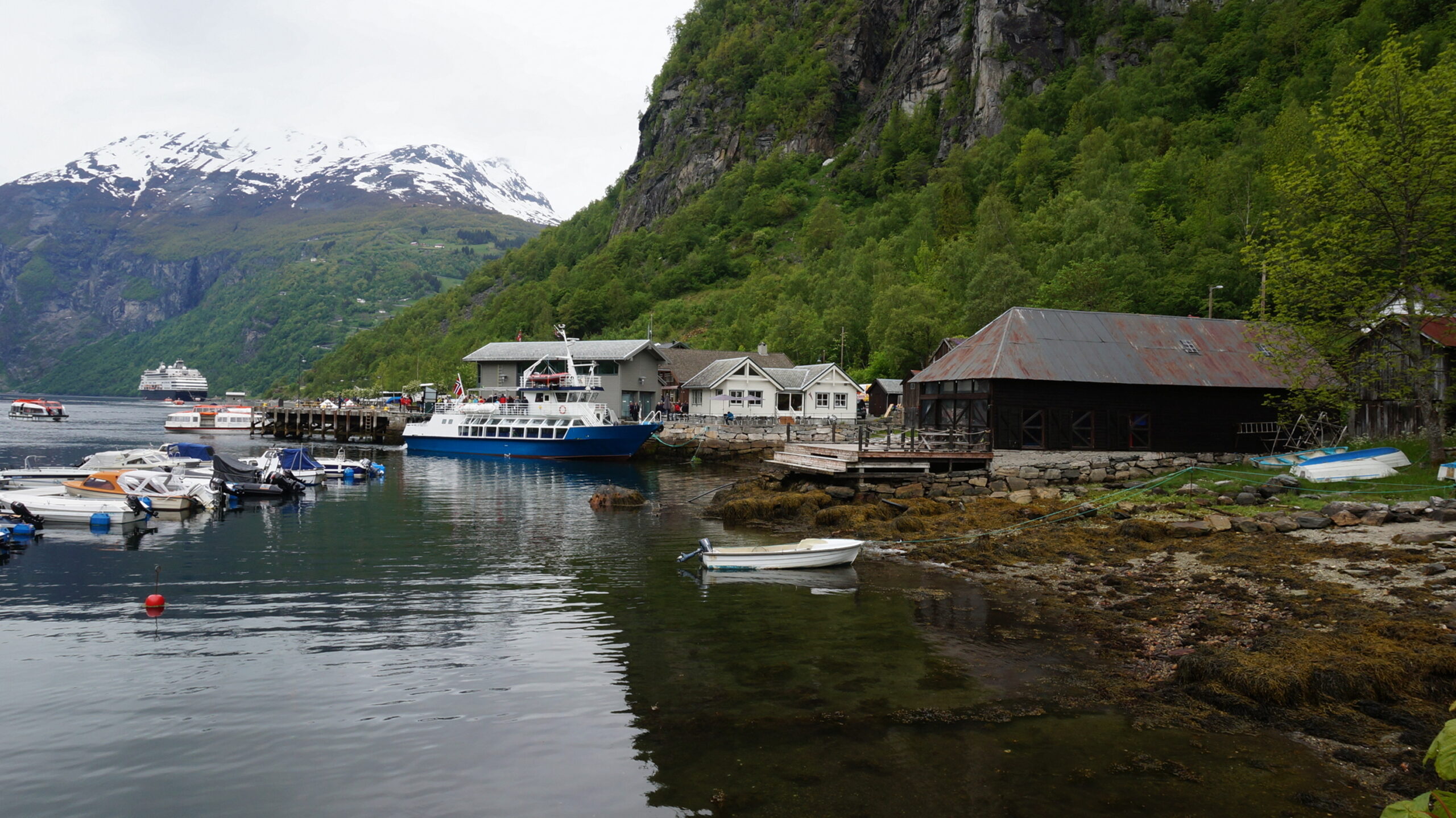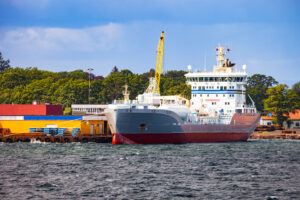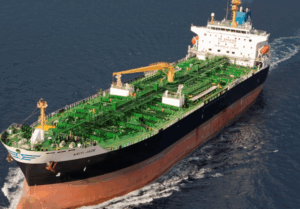The clock is ticking for zero emission shipping in the World Heritage fjords. The Norwegian government has decided to introduce zero emissions requirements for cruise ships, tourist boats and ferries of less than 10,000 gross tonnage sailing in the World Heritage fjords, effective from 1 January 2026.
In a press release, the Norwegian Maritime Authority explains that the requirements for larger passenger ships will take effect from 1 January 2032.
Moreover, the government has decided that passenger ships will be permitted to use biogas, and they are required to use shore power where available.
As a result, the Norwegian Maritime Authority (NMA) will draft amendments to the environmental safety regulations, incorporating new zero emissions requirements based on the outlined framework.
Furthermore, draft regulations will be submitted to the Ministry of Climate and Environment no later than 15 November 2024.
In the announcement it is explained that zero emissions mean that ships must use energy sources that do not emit carbon dioxide or methane directly. Fuels that cause direct emissions of greenhouse gases may be used to the extent necessary to ignite the energy sources. If nitrous oxide (N2O) is produced while using energy sources compliant with the zero emissions requirements, the ship must employ the best available technology to reduce emissions.
In the details released by the authority last week it is clarified that zero emissions requirements will be introduced from 1 January 2026 for passenger ships of less than 10,000 gross tonnage, whilst for passenger ships of 10,000 gross tonnage and above the requirements will be introduced from 1 January 2032.
All passenger ships may use biogas as an alternative to meeting the zero emissions requirements, even after 2032, the authority says. Furthermore, the biogas must be bunkered within the last month before sailing in the World Heritage fjords and must correspond to the energy that will be consumed there.
As informed, it must be ensured that all fuels meet requirements for sustainability and greenhouse gas reductions in accordance with EU standards.
Meanwhile, ships must carry documents on board verifying compliance with the requirements.
County ferry services are exempt from the zero emissions requirements, the authority notes.
In the requirements it is also included that shore power must be used where available.
“Exceptions may apply for emergency preparedness and temporary ferry connections. Exemptions may be granted for protected or historical ships with a historical connection to the World Heritage fjords,” the authority added.



